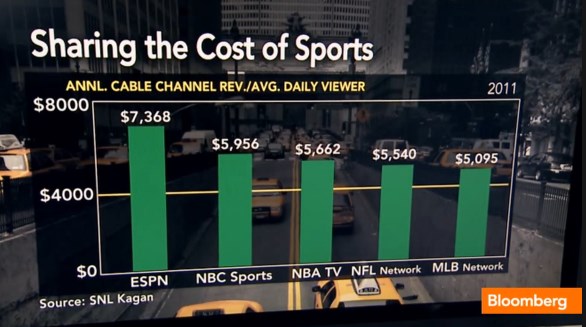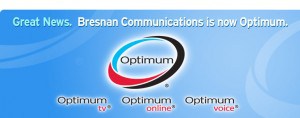 Time Warner Cable CEO Glenn Britt warned programmers in early December that low-rated cable channels were at risk of being dropped from the second-largest cable operator in the country.
Time Warner Cable CEO Glenn Britt warned programmers in early December that low-rated cable channels were at risk of being dropped from the second-largest cable operator in the country.
Ovation and Current TV now understand he meant it.
Customers are now being notified that the cable company has dropped both networks. Most customers will never notice the loss — only about 1% of Time Warner customers, around 33,000 nationwide — watched Ovation last month and about as many parked their remotes on Current TV.
Time Warner Cable released a statement explaining escalating programming costs are forcing the company to closely assess each network as it comes due for renewal. The cable company called Ovation one of the worst performing networks on its lineup. It was more abrupt about Current. The company claimed it dropped the network simply because “it was sold.”
Several weeks ago, Britt hinted networks that began offering one type of programming but shifted to another in a bid to win more viewers are especially vulnerable to being dropped. Britt appeared to be thinking about Ovation, which calls itself a cultural fine arts channel but last month devoted 70 percent of its schedule to infomercials, reruns from TV networks that hardly qualify as “fine arts,” and endless repeats of PBS’ ‘Antiques Roadshow.’ For this kind of programming, Time Warner Cable has paid Ovation $10 million over the past several years.

Ovation has gotten 25,000 signatures on its petition drive to try and convince Time Warner Cable to bring the network back to its lineup.
“They’ve had ample opportunity to improve the ratings and the content, and have failed to deliver,” Time Warner said in a statement.
Current TV, which was partly founded by former Vice President Al Gore as a broadcast home for viewer generated content (think YouTube on the airwaves) has always turned in dismal viewership numbers. More recently, the channel has shifted its format, airing a variety of liberal political talk radio and television shows deemed too left-wing for MSNBC, which has helped win the network some additional viewers, but not in every case. Disgraced former New York governor Eliot Spitzer, formerly with CNN, has a TV show on Current he admits doesn’t draw flies.
“Nobody’s watching, but I’m having a great time,” Spitzer said.
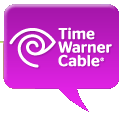 On Wednesday, the network announced it was acquired by Qatar-based Al-Jazeera, a kiss of death for most mainstream cable systems that are still unwilling to carry programming from a network the Bush Administration came close to calling ‘with the terrorists.’
On Wednesday, the network announced it was acquired by Qatar-based Al-Jazeera, a kiss of death for most mainstream cable systems that are still unwilling to carry programming from a network the Bush Administration came close to calling ‘with the terrorists.’
Time Warner Cable dropped the network from its lineup the moment the sale was announced.
Current TV intends to gradually rebrand itself as Al Jazeera America, with a 24-hour English language news and information format. Al Jazeera has won respect for its international news coverage, but continues to be saddled with the perception it has a subtle anti-American bias.
But not every network with low viewer numbers is at immediate risk of being placed on Time Warner’s chopping block.
The Kremlin’s subtle hands of influence have kept RT — Russia Today — closely aligned with Vladimir Putin’s policies as relations cool between Moscow and Washington. But that network remains on the Time Warner Cable lineup.

The new owner of Current TV.
One thing all threatened networks have in common is that they are independently owned and operated and are not a part of a much larger network or studio conglomerate. That makes them low-hanging fruit for cable operators to pick off because the owners lack leverage to force renewal.
Fox Business Network, which has continuously turned in abysmal numbers since its inception is a case in point. Despite often having fewer than 15,000 viewers in its target demographic, it safely maintains its place on Time Warner Cable’s lineup because it was included in a carriage agreement deal that bundled the much larger Fox News Channel. As long as Time Warner agrees to contracts that tie the fate of both networks together, Fox Business Network will have a home on the cable system even if nobody watches.
With the writing on the wall, other low-rated networks have responded by easing their hard-line tactics at contract renewal time. The parent owner of IFC and WEtv have agreed to a temporary contract extension as the two networks fight to remain on Time Warner’s lineup. Hallmark TV and Hallmark Movie Channel may be in a similar position soon enough.
[flv width=”640″ height=”380″]http://www.phillipdampier.com/video/Citizens for Access to the Arts Fights to Keep Ovation 12-12.mp4[/flv]


 Subscribe
Subscribe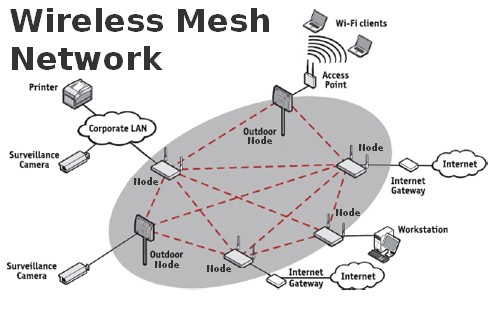 The business community of Poulsbo, Wash., a Seattle suburb of 9,000 in Kitsap County, is fed up waiting around for CenturyLink and Comcast to increase broadband speeds in the area so several have joined forces to share the city’s underused, existing fiber-optic cables to offer free Internet access for area businesses and residential users.
The business community of Poulsbo, Wash., a Seattle suburb of 9,000 in Kitsap County, is fed up waiting around for CenturyLink and Comcast to increase broadband speeds in the area so several have joined forces to share the city’s underused, existing fiber-optic cables to offer free Internet access for area businesses and residential users.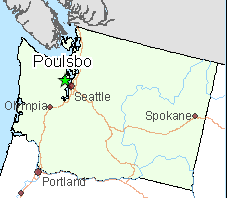 Stephen Perry, the PUD’s superintendent of telecommunications, says the new network is a pilot program to test if an economic model can be created to sustain the service and eventually expand it.
Stephen Perry, the PUD’s superintendent of telecommunications, says the new network is a pilot program to test if an economic model can be created to sustain the service and eventually expand it.